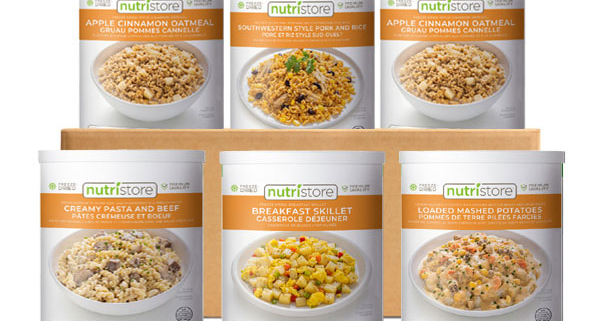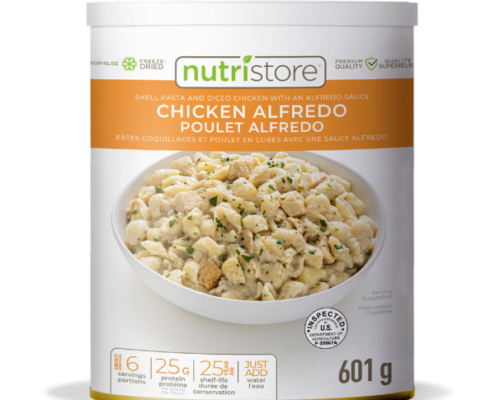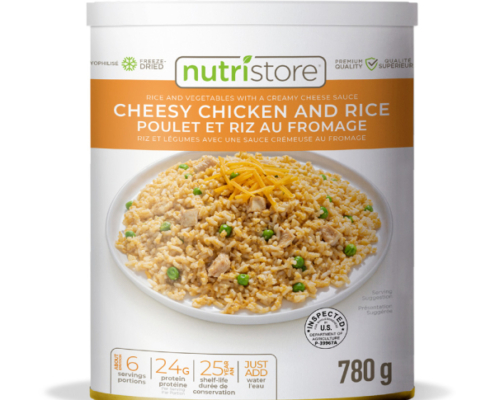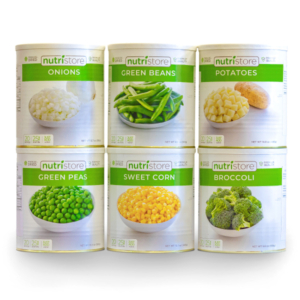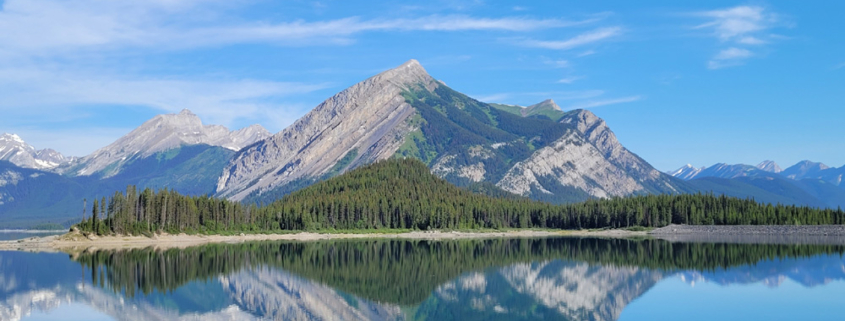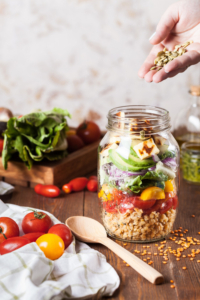Article 1: Embracing the Heat
The Ultimate Guide to Hot Weather Outdoor Activities
When the sun is blazing and the temperatures are soaring, outdoor enthusiasts need clothing that not only keeps them cool but also ensures safety and comfort during hot weather adventures. Whether you’re hitting the hiking trails or engaging in sports under the scorching sun, your choice of clothing can make all the difference.
Embrace Breathable Fabrics
In the sweltering heat, lightweight and breathable fabrics are your best companions. Opt for moisture-wicking synthetic materials or lightweight merino wool. These materials efficiently pull sweat away from your skin, keeping you cool and preventing discomfort during activities.
On hot days, choosing the right material for your clothing can make a significant difference in your comfort level. The best materials for hot weather are those that are loose fitting, breathable, lightweight, and have moisture-wicking properties. Here are some materials that are particularly well-suited for hot days:
- Cotton:
- Pros: Cotton is a natural and breathable fabric that allows air to circulate, making it suitable for hot weather. It’s comfortable and absorbs moisture, keeping you cool.
- Cons: While cotton is breathable, it can absorb and retain moisture, potentially leading to a damp feeling. It may not dry as quickly as synthetic fabrics.
- Linen:
- Pros: Linen is a lightweight and breathable fabric that allows heat to escape from the body. It’s known for its natural cooling properties and is comfortable in hot and humid conditions.
- Cons: Linen wrinkles easily, so it may not maintain a polished appearance throughout the day.
- Moisture-Wicking Fabrics (Polyester, Nylon, and Blends):
- Pros: Fabrics designed to wick away moisture, such as polyester and nylon, are excellent choices for hot weather. These materials pull sweat away from the body, promoting faster evaporation and keeping you dry.
- Cons: Some people find that pure synthetic fabrics can trap odors more than natural fibers. Look for blends that incorporate antimicrobial properties to address this issue.
- Merino Wool:
- Pros: Merino wool is a natural fiber that is surprisingly effective in hot weather. It has moisture-wicking properties and helps regulate body temperature. Additionally, it has the advantage of being odor-resistant.
- Cons: Merino wool garments can be more expensive than some synthetic options.
- Rayon (Viscose):
- Pros: Rayon is a semi-synthetic fabric derived from natural sources. It’s lightweight, breathable, and has a silky feel. Rayon clothing is comfortable and suitable for warm weather.
- Cons: Rayon may not be as durable as some other fabrics and may require special care during washing.
- CoolMax:
- Pros: CoolMax is a specialized synthetic fabric designed for moisture management. It wicks away sweat, allowing for quick evaporation and keeping you cool during physical activities.
- Cons: While effective, clothing made from CoolMax or similar high-performance fabrics may be more geared towards sports and outdoor activities.
Long Sleeves and UPF Protection
Contrary to popular belief, long sleeves can be a game-changer in hot weather. Choose shirts with built-in UPF (Ultraviolet Protection Factor) to shield your skin from the sun’s harmful rays. This not only prevents sunburn but also reduces the risk of heat-related illnesses.
Stay Cool with Convertible Pants
Invest in convertible pants that can be transformed into shorts when the heat becomes too intense. Look for pants with ventilation features, such as zippered vents, to enhance airflow and regulate your body temperature during outdoor activities.
Sun Protection Essentials
Shield yourself from the intense sun by wearing a wide-brimmed hat that provides shade. Don’t forget to don UV-blocking sunglasses to protect your eyes from harsh glare and potential UV damage. Of course, sunscreen or sunblock is also great for protecting your skin from the UV rays. As a fair skinned soul, I keep a SPF30 close by during the summer time!
Hydration-Friendly Clothing
Staying hydrated is crucial in hot weather. Choose clothing with pockets to accommodate water bottles or hydration systems. Some outdoor apparel even incorporates moisture-wicking technology to enhance the cooling effect. Keep a travel towel handy in your hiking pack or sports bag. (Hydration with H2O of course is the top way to stay hydrated!)
Beach Time
Of course in the summer heat, playing or sitting by the lake, river, ocean, etc. can be very satisfying! Consider a shade source, like an umbrella if there are no natural ones nearby. Beachwear comes in many different styles and sizes. Rash-guards may not be as visually appealing to some, but serve as an excellent protectant from UV rays.
Conclusion:
Incorporating these hot weather clothing tips into your outdoor wardrobe ensures you can enjoy your adventures without wilting in the heat. Stay cool, stay safe, and embrace the thrill of outdoor activities even in the warmest conditions.
Article 2: Conquering the Chill
Essential Clothing for Cold Weather in the Outdoors
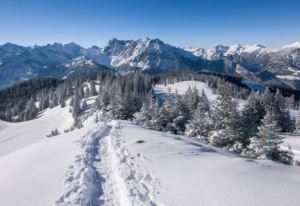
When winter’s chill sets in and snow blankets the landscape, outdoor enthusiasts gear up for a different kind of adventure. Whether you’re conquering snowy trails or engaging in cold weather sports, the right clothing is paramount to staying warm, comfortable, and safe in icy conditions.
Before we get into it, here are some materials that are particularly well-suited for cold weather:
- Wool:
- Pros: Wool, especially merino wool, is an excellent insulator that retains warmth even when wet. It wicks moisture away from the body, keeping you dry. Wool also has natural antimicrobial properties, reducing odor.
- Cons: Some people may find wool to be itchy, but high-quality merino wool is known for its softness.
- Down:
- Pros: Down insulation, typically sourced from ducks or geese, is incredibly effective at trapping heat. Down jackets and vests provide excellent warmth without adding much weight.
- Cons: Down loses its insulating properties when wet, so it’s essential to pair it with a waterproof or water-resistant outer layer.
- Synthetic Insulation (Thinsulate, PrimaLoft):
- Pros: Synthetic insulation is designed to mimic the warmth-retaining properties of down but maintains insulation even when wet. It’s lightweight and suitable for various cold-weather activities.
- Cons: While synthetic insulation has come a long way, it may not provide the same level of warmth-to-weight ratio as down.
- Fleece:
- Pros: Fleece is a warm and breathable material that dries quickly. It’s often used as a mid-layer to provide additional insulation under a shell or outer layer.
- Cons: Fleece alone may not be sufficient in very cold and windy conditions, so layering is often recommended.
- Gore-Tex and Other Waterproof/Breathable Fabrics:
- Pros: For outer layers, waterproof and breathable fabrics like Gore-Tex are crucial. They keep out wind and moisture while allowing perspiration to escape, preventing you from getting wet and chilled.
- Cons: These fabrics may be less breathable in extremely cold conditions, and they can be more expensive.
- Thermal or Moisture-Wicking Base Layers:
- Pros: Base layers made from thermal or moisture-wicking fabrics (such as polyester or merino wool) are essential for keeping you dry by wicking sweat away from your body. They also provide an extra layer of insulation.
- Cons: Choosing the right weight for your base layer depends on the severity of the cold weather.
- Polyester and Nylon Blends:
- Pros: These synthetic materials are often blended with other fabrics to create durable, moisture-wicking, and quick-drying clothing. They are commonly used in activewear for cold weather.
- Cons: While effective, some people may find that these fabrics do not have the same insulating properties as natural fibers.
Start with a Moisture-Wicking Base Layer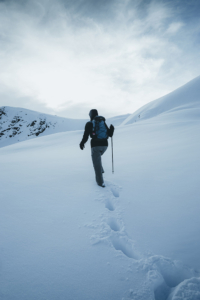
Begin your cold weather ensemble with a moisture-wicking base layer that pulls sweat away from your skin, preventing the chilling effect of dampness. Materials like merino wool or synthetic fibers work well to keep you dry and warm.
Layer Up for Insulation
Add an insulating layer to trap body heat. Fleece or down jackets are excellent choices for cold conditions, providing effective insulation without adding excessive bulk. The key is to create layers that can be adjusted based on the intensity of the cold.
Embrace Waterproof and Windproof Outer Layers
Shield yourself from winter elements with a waterproof and windproof outer layer. Look for jackets and pants made from breathable, waterproof materials like Gore-Tex to keep you dry in rain or snow. This outer layer acts as a barrier against wind chill and moisture.
Protect Extremities with Insulated Accessories
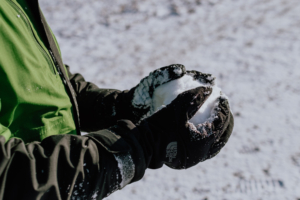
Don’t forget your extremities. Insulated hats and gloves are crucial to retaining heat and preventing frostbite in cold weather. Look for options with moisture-wicking properties to keep you warm and dry.
- Consider the Activity: The type of gloves you need depends on the activity. For instance, skiing gloves will differ from those used for hiking or everyday use.
- Down or Synthetic Insulation: If you’ll be in extremely cold conditions, look for gloves with down or synthetic insulation. Down provides excellent warmth but loses its insulating properties when wet, while synthetic insulation retains warmth even when damp.
- Waterproof or Water-Resistant: If you anticipate exposure to rain, snow, or wet conditions, opt for waterproof or water-resistant gloves. This is especially important for activities like skiing or snowboarding.
- Leather: Leather gloves are durable, provide good insulation, and can be water-resistant when treated. They are suitable for various activities, including casual wear and outdoor pursuits.
- Synthetic Materials: Gloves made from synthetic materials like nylon or polyester are often lightweight, quick-drying, and suitable for activities where dexterity is crucial.
- Snug but Not Tight: Gloves should fit snugly without being too tight. A snug fit helps retain heat, but overly tight gloves can restrict circulation and reduce warmth.
Invest in Thermal Socks and Insulated Footwear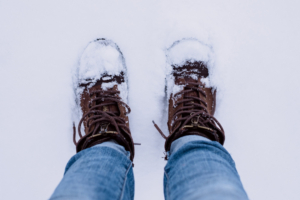
Keep your feet warm and dry by wearing thermal socks and insulated, waterproof footwear. Cold feet can quickly sap your energy, so investing in quality footwear is essential for winter excursions. Footwear comes with ratings for temperatures, and water proof/resistance details. Picking appropriate footwear will make your outdoor journey much more pleasant!
Choosing the right thermal socks is crucial for keeping your feet warm and comfortable in cold weather. Here are some factors to consider when selecting thermal socks:
- Material:
- Merino Wool: Known for its natural insulation properties, merino wool is an excellent choice for thermal socks. It regulates temperature, wicks moisture away from the skin, and is odor-resistant.
- Synthetic Materials (Polyester, Nylon): Some thermal socks blend synthetic materials for added durability, moisture-wicking, and quick-drying properties.
- Thickness: Thermal socks come in different thickness levels. Consider the severity of the cold weather and the level of insulation you need. Thicker socks provide more warmth but may be less suitable for tight-fitting shoes.
- Breathability: Look for thermal socks with moisture-wicking properties. This feature helps keep your feet dry by drawing sweat away from the skin, preventing discomfort and potential cold-related issues.
- Consider the Activity: If you’ll be engaging in high-impact activities, choose thermal socks with adequate cushioning and padding for added comfort and protection.
- Reduced Friction: Seamless construction minimizes friction and reduces the likelihood of blisters. This is particularly important for extended wear and activities such as hiking or snow sports.
- Choose the Right Length: Thermal socks come in various lengths, from ankle to knee-high. Consider the type of footwear you’ll be wearing and choose a length that provides adequate coverage and fits comfortably.
- Snug Fit: Thermal socks should fit snugly without being too tight. A proper fit ensures efficient insulation and prevents discomfort.
Conclusion:
By tailoring your clothing choices to the specific challenges of cold weather, you’ll not only stay warm but also enhance your performance and safety during winter outdoor sports. Embrace the chill, layer up, and conquer the winter wonderland with confidence.






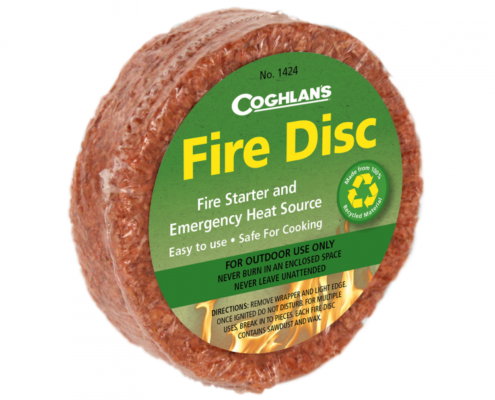
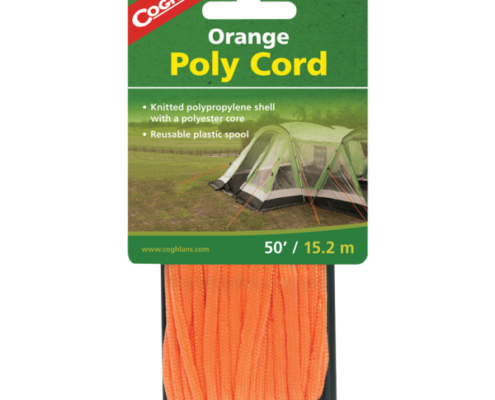







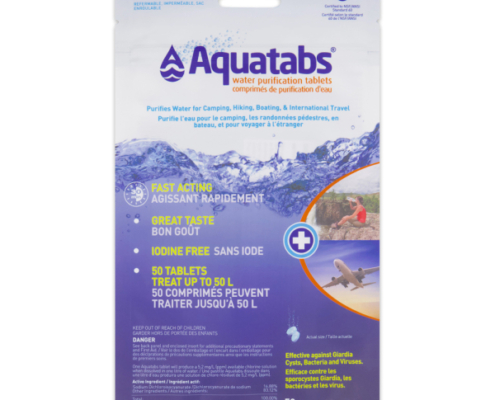
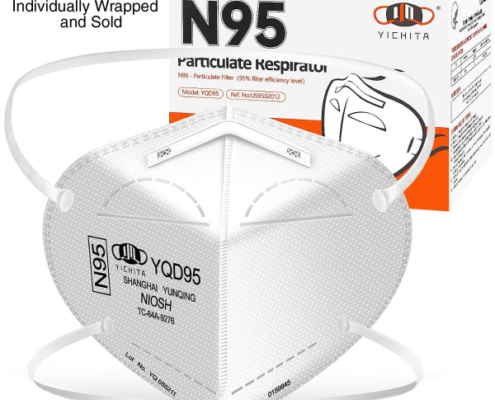
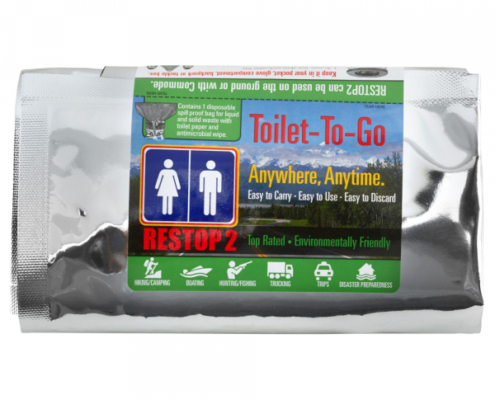
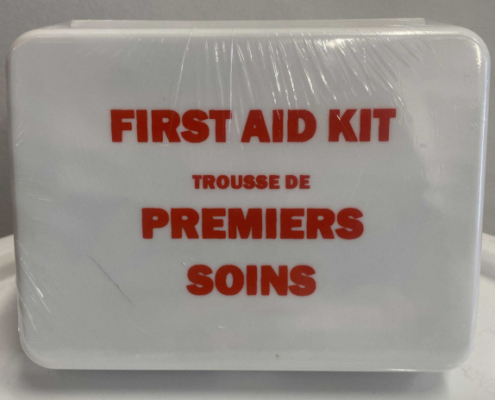



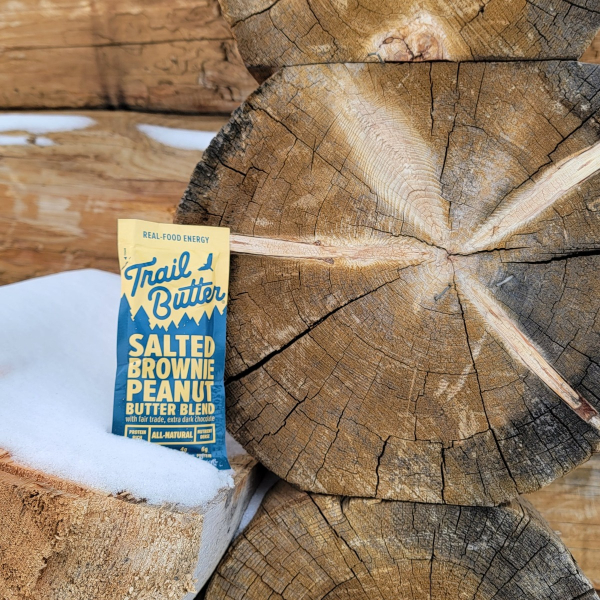
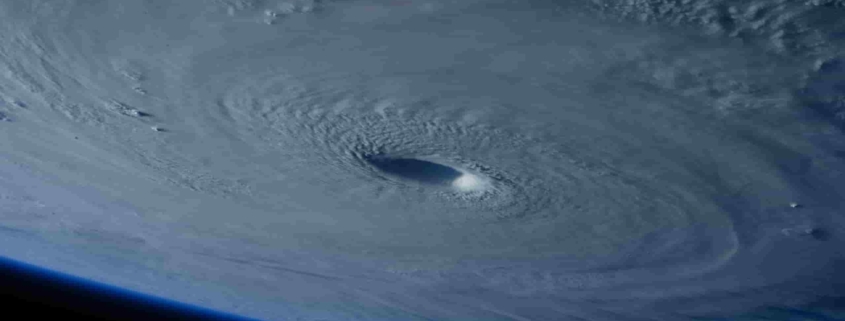

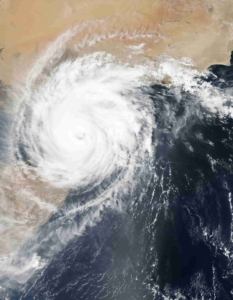




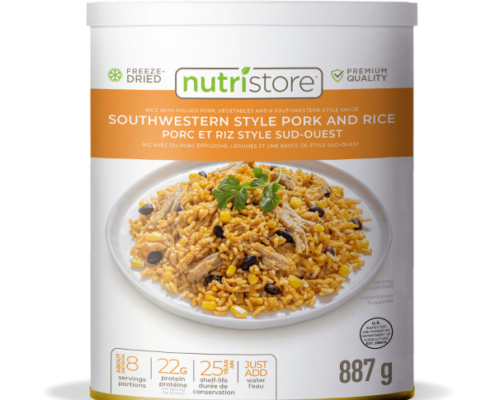

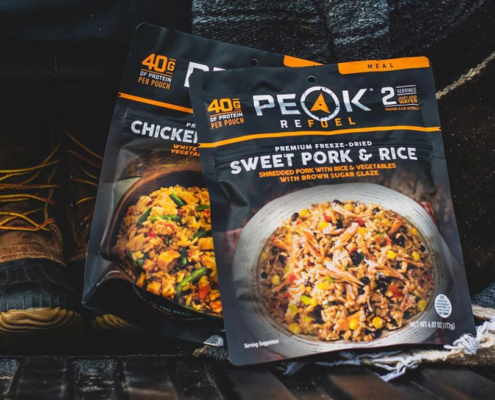





 and replace them with fresh purchases. This practice not only reduces food waste but also ensures that you’re consuming the most nutritious products.
and replace them with fresh purchases. This practice not only reduces food waste but also ensures that you’re consuming the most nutritious products.



